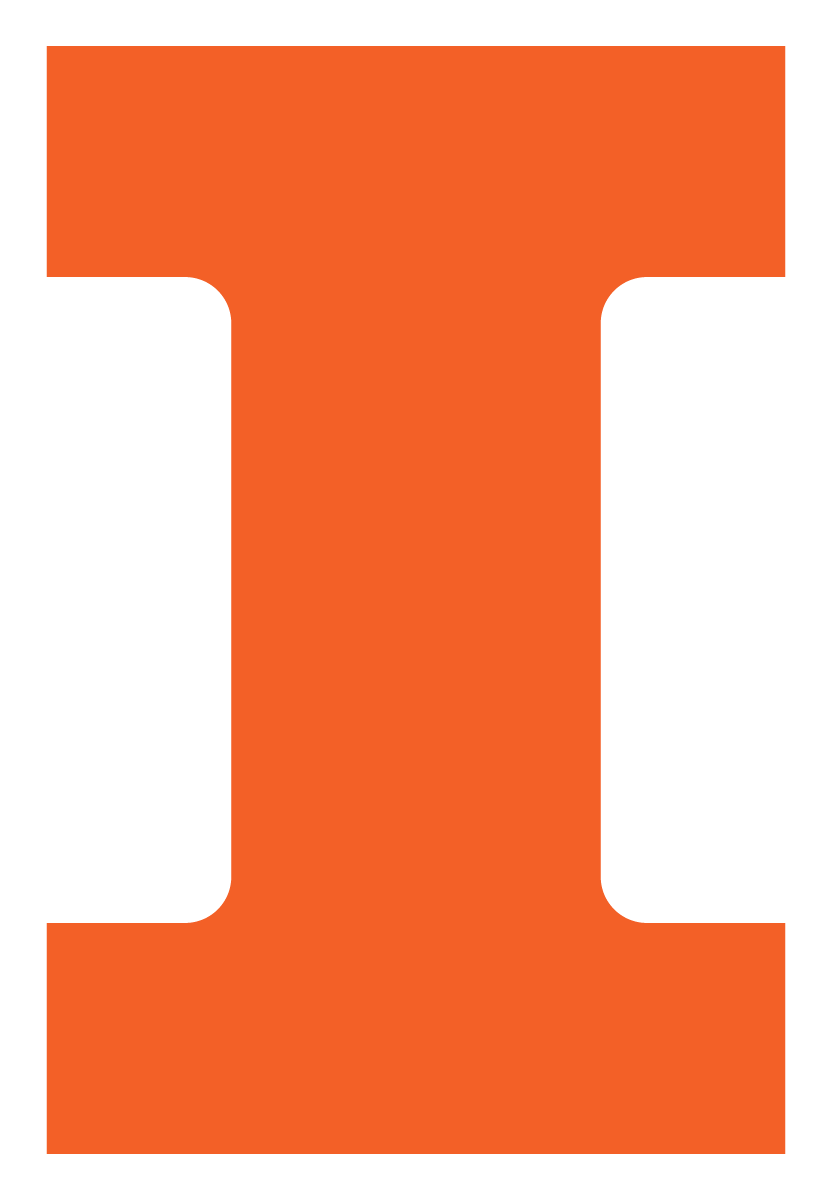AE 100: Mechanics of Aircraft Structures
Level: UG Credit: 3 hrs Offering: Fall, every year
Introduction to the Aerospace Engineering curriculum and career. Typical section topics include aircraft and rocket design and flight. In this introductory class, students will investigate fundamental aerodynamics, performance, stability & control, propulsion and structures as applied to airplanes. Flying vehicle demonstrations will be presented, discussed, and analyzed with emphasis on design and practical considerations in aerospace engineering.
Content:
AE 321: Mechanics of Aircraft Structures
Level: UG Credit: 3 hrs Offering: Fall, every year
Fundamental concepts in the linear theory of elasticity, including stress, strain, equilibrium, compatibility, material constitution and properties. Introduction to failure mechanisms and criteria. Application to plane stress/strain problems, beams in extension and bending, and shafts in torsion.
Content:
AE 323: Applied Aircraft Structures
Level: UG Credit: 3 hrs Offering: Spring, every year
Fundamental concepts of stress, strain, equilibrium, compatibility, material constitution and properties. Analysis of beams and shafts of monocoque and semi-monocoque construction. Energy methods.
Content:
AE 521: Fracture & Fatigue
Level: G Credit: 4 hrs Offering: Fall, odd year
Fatigue and fracture behavior of metallic structures and connections; fatigue and fracture mechanics theory; generation and use of laboratory data; background and application of international testing and assessment standards
Content:
AE 522: Dynamic Response of Materials
Level: G Credit: 4 hrs Offering: Fall, even year
One-dimensional stress waves; three-dimensional longitudinal and shear waves, reflection and refraction of plane waves; Rayleigh and Love waves; wave guides; spherical waves, inelastic wave propagation and shock waves; dynamic fracture and shear bandings of solids; wave propagation in anisotropic media; experimental techniques; acoustic emission, ultrasounds, split Hopkinson (Kolsky) bar, plate impact experiments, optical techniques in dynamic fracture, and high-speed photography.
Content:
AE 560: Fracture Mechanics Laboratory
Level: G Credit: 4 hrs Offering: Spring, even year
Experimental and physical aspects of fracture mechanics including elastic crack tip stress field, thermoelasticity, thermoplasticity, optical techniques, J-integral, toughening mechanisms, dynamic fracture, and fatigue. Laboratory experiments illustrate concepts
